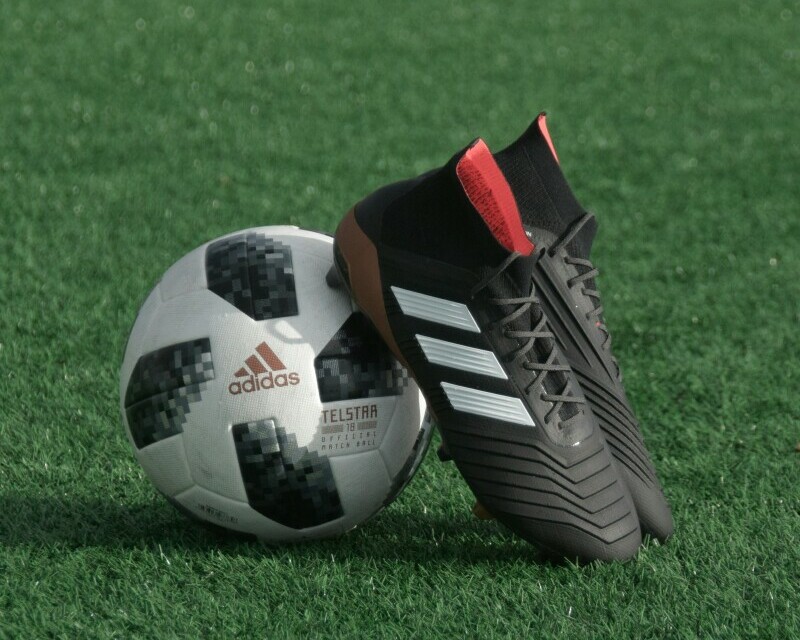
Creating a soccer training schedule might seem like a piece of cake, but trust me, it’s an art and a science. A structured training schedule isn’t just about penciling in random workouts. It’s about building a roadmap that takes you (or your team) from where you are now to where you want to be. It’s laying down the foundation for success on the field and keeping things interesting so everyone stays motivated.
Now, let’s talk basics. A good soccer training plan has a few key components. We’re talking endurance training, strength and conditioning, technical skills, tactical awareness, and, of course, recovery. Balancing these elements makes the difference between a run-of-the-mill workout and a game-changing training regimen.
Setting goals is another crucial part. But these goals need to be SMART – Specific, Measurable, Achievable, Relevant, and Time-bound. Setting vague goals like “get better at soccer” doesn’t cut it. Think more along the lines of “improve dribbling skills by practicing for 20 minutes every training session for the next month.” This kind of clarity helps you stay on track and measure progress.
Remember, training schedules aren’t one-size-fits-all. Whether you’re training a youth team or seasoned pros, tailor your plan to the age, skill level, and physical condition of the players. Younger players might need more basic skill development and less intense physical training, while older, more experienced players can handle tougher drills and more strategic play.
Having a solid grasp of the basics of soccer training helps set the stage for a successful season and long-term player development. It’s like prepping the soil before planting a garden – get it right from the start, and everything else will fall into place more smoothly.
Designing a Weekly Training Schedule

Balancing intensity and recovery is key. You can’t push the players to the max every single day and expect them to perform at their best on game day. A good mix of high, medium, and low-intensity workouts helps keep things fresh and prevents burnout. Make sure there’s a clear pattern – maybe a hard session followed by a lighter one or even a day off.
Skill development and tactical training are a must. Drills should be a fun and productive part of every session, so players can build on their technical skills and understand the game better. Incorporate activities that work on dribbling, passing, shooting, and defending, but don’t forget strategic play – how the team moves and reacts during games. A mix of individual and team-based activities works best.
Adapting the schedule to suit the players’ age and skill level is super important. Younger players need more time for basic skill acquisition and simpler tactical understanding. Older or more advanced players can handle more complex drills and need more game-like scenarios to keep them sharp. Also, keep in mind the physical conditioning – speed, endurance, and strength training should be scaled appropriately.
Variety is the spice of life, and the same goes for your training schedule. Integrating different types of training sessions – like endurance runs, speed drills, and strength training circuits – keeps the players on their toes. Not only does this help develop a well-rounded athlete, but it also keeps the monotony at bay and keeps everyone engaged and excited about training.
Essential Drills and Exercises
The right drills and exercises are the bread and butter of any effective soccer training schedule. Each drill should have a clear purpose and contribute to the overall development of the players. Dribbling, passing, and shooting drills should be a staple in every session. Think cone dribbling for agility, passing triangles for quick decision-making, and shooting from various angles to build scoring confidence.
Don’t forget about teamwork. Incorporate drills that hone both individual skills and team dynamics. Small-sided games (like 3v3 or 5v5) are perfect for this. They encourage quick thinking, improve communication, and simulate real-game scenarios without the pressure of a full match. Plus, players tend to love these competitive mini-games!
Warming up and cooling down are areas you absolutely can’t skimp on. These routines help prep the body for action and aid in recovery afterward. A good warm-up involves dynamic stretches and light drills to get the blood flowing. Cool-downs should include static stretching and light jogging to help the muscles relax and prevent injury.
Safety should always be at the forefront of your mind when planning drills. Ensure every activity is age-appropriate and consider the skill level of the players. Incorporate plenty of water breaks and listen to any complaints about pain or discomfort. Preventing injuries is just as important as the training itself.
Evaluating and Adjusting the Schedule
Tracking progress is essential. Keeping tabs on players’ performance helps identify what’s working and what’s not. Use simple metrics like strides improved, successful passes, or goals scored. Regular check-ins with players provide valuable insights and highlight areas that need tweaking.
Feedback loops are your friend. Regular communication with players and coaches ensures everyone’s on the same page. This isn’t just a top-down approach – players often have great insights on what helps them improve. Be open to adjustments based on their feedback.
Adapt your schedule based on performance data. If certain drills aren’t yielding expected improvements, switch them up. Sometimes a fresh approach can lead to breakthroughs. Continually fine-tune the intensity and focus areas to match players’ evolving needs and goals.
Keeping motivation high can be challenging but essential. Celebrate small wins and progress milestones. Introduce fun elements into training, like friendly competitions or themed practice days, to keep the enthusiasm alive. A motivated team is a successful team.
